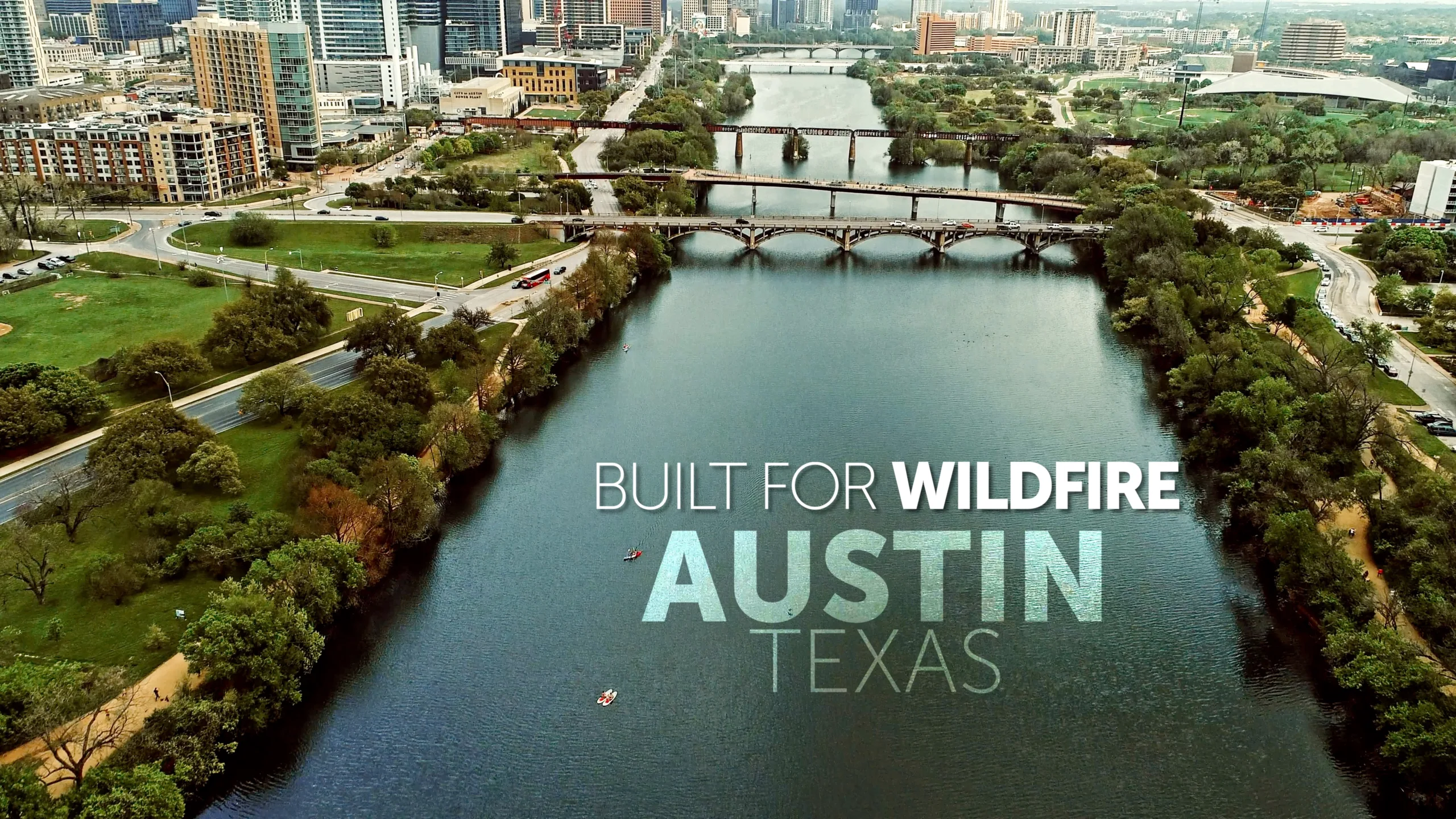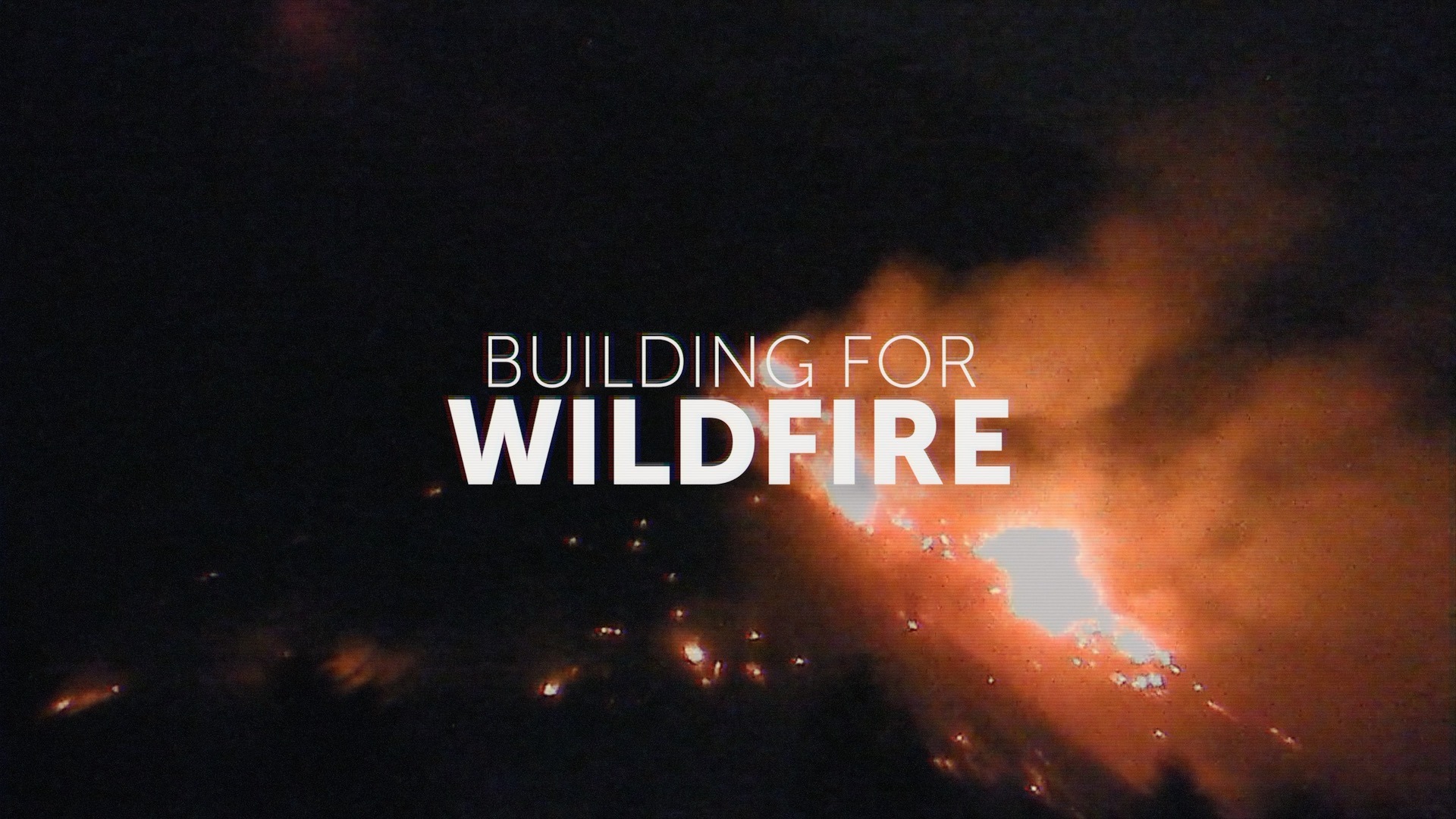-
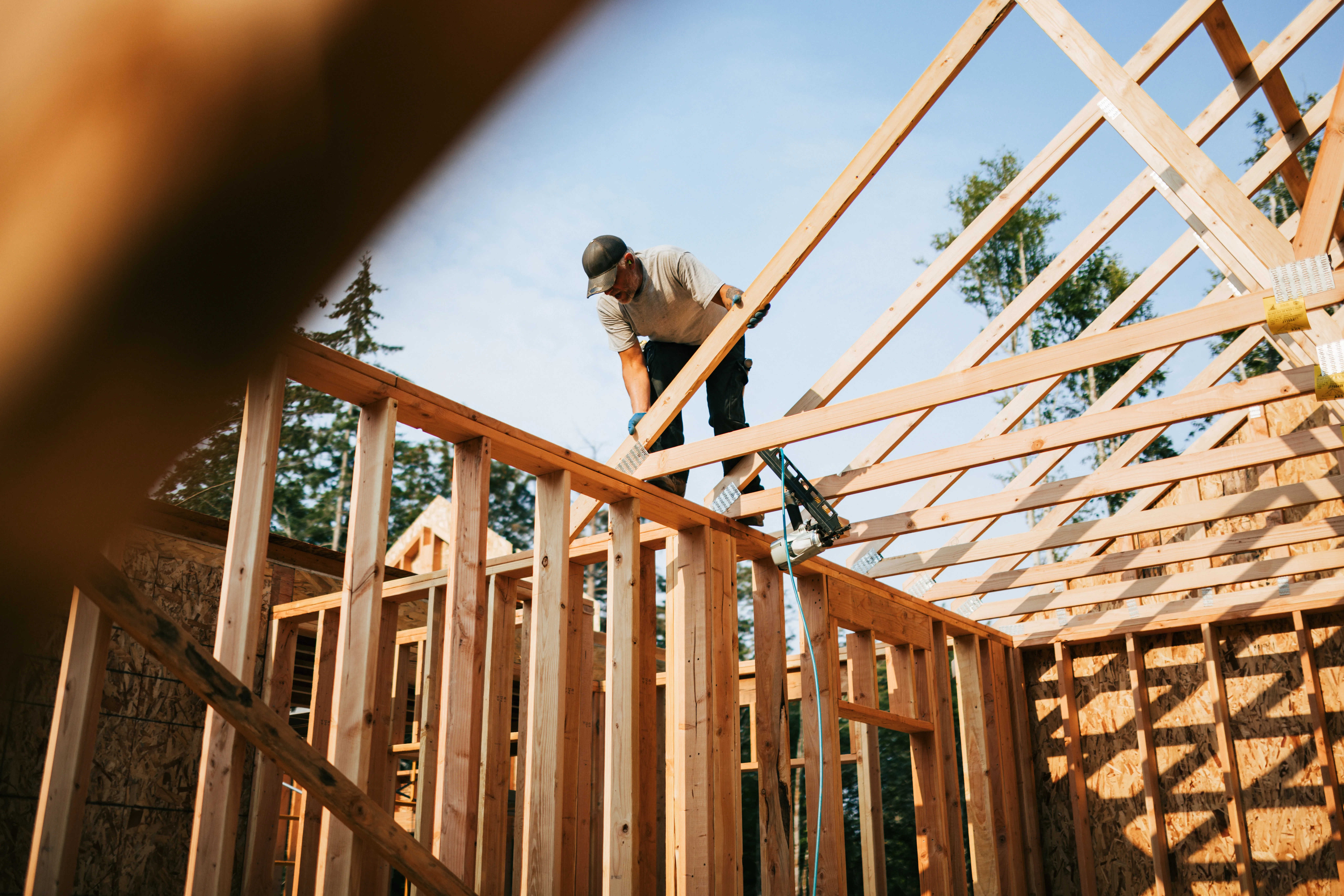
A new analysis shows that building wildfire-resistant homes adds less than 3% to construction costs. Read more
-
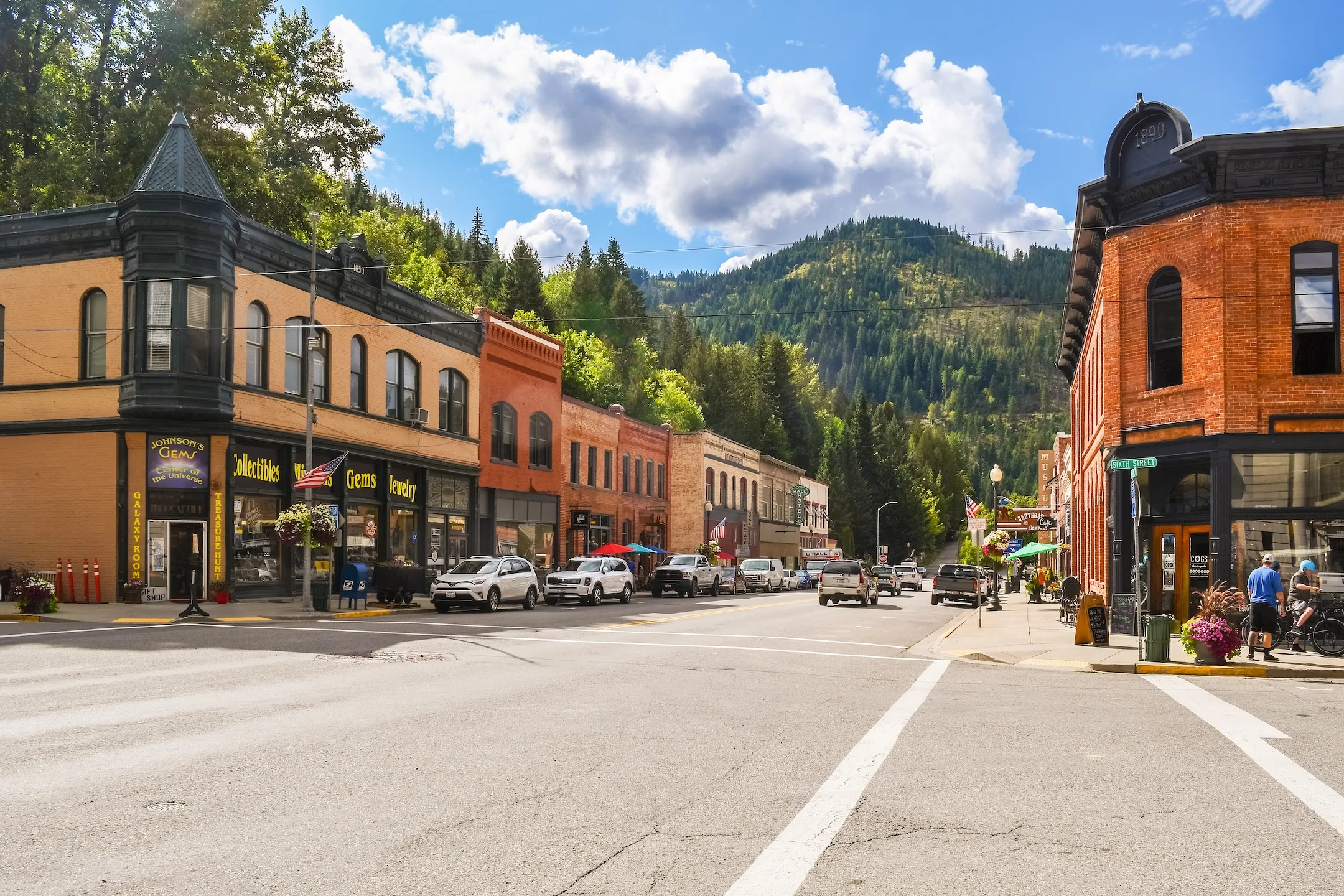
The loss of the Grand Canyon Lodge to wildfire underscores the urgent need to align historic preservation standards with evidence-based wildfire risk reduction practices. Read more
-
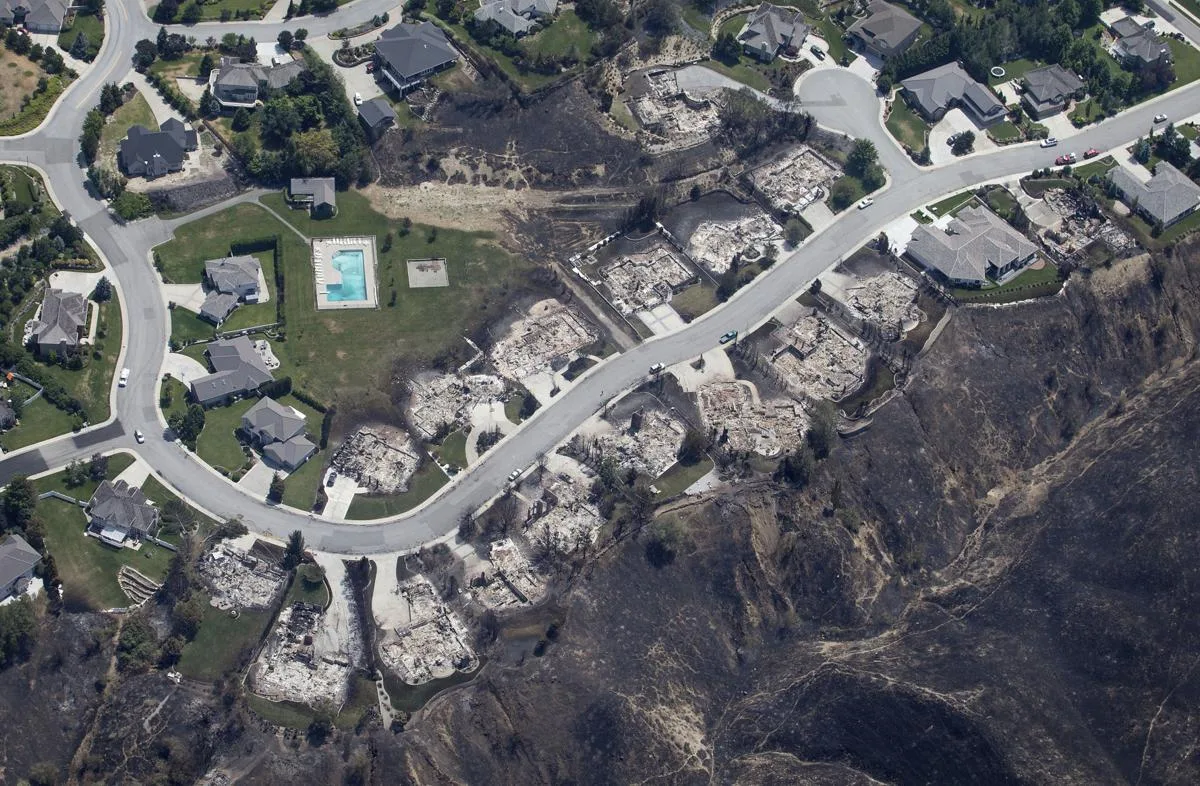
New research highlights opportunities to improve wildfire risk models that inform planning, building codes, and risk management. Read more
-
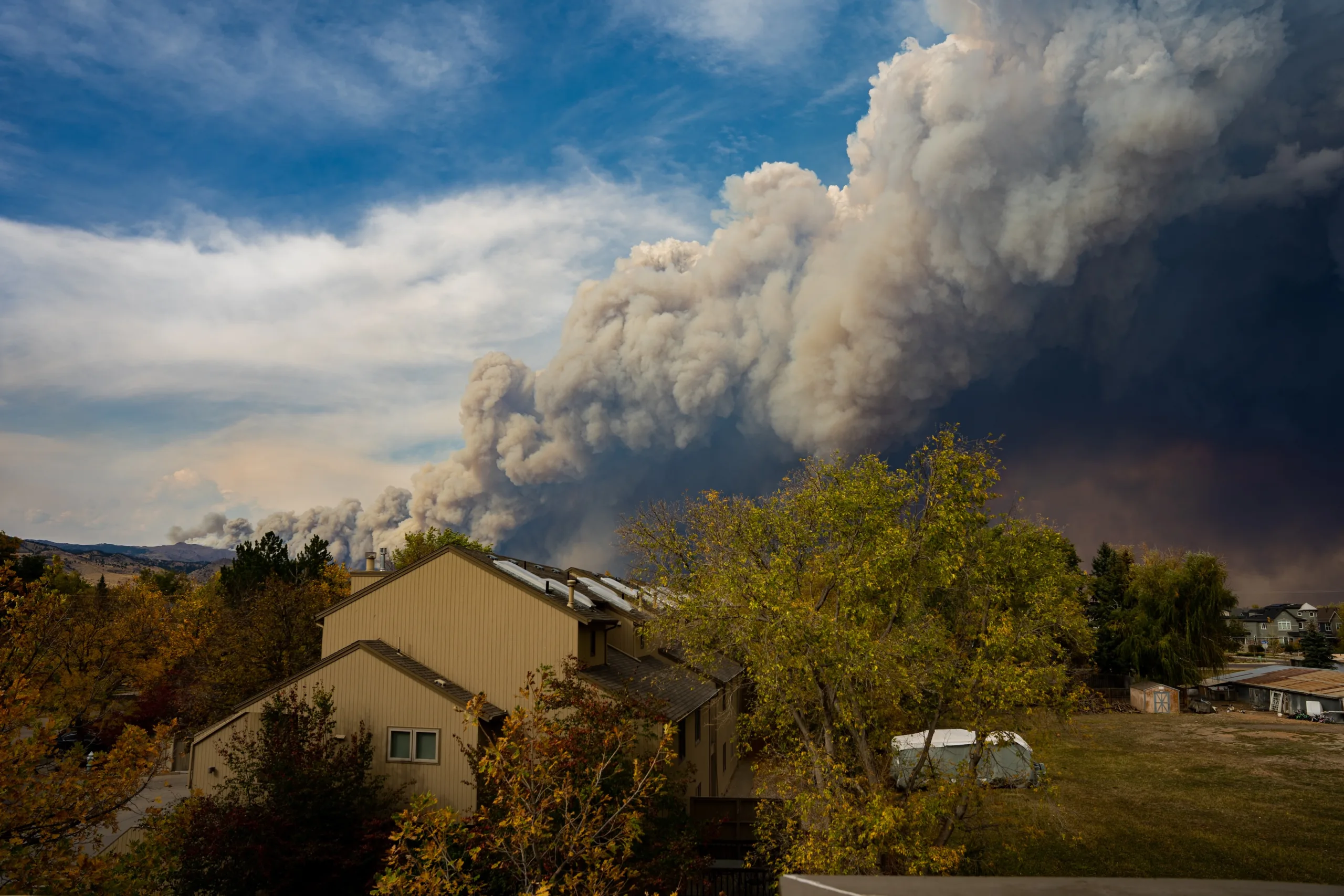
Colorado’s code design considered stakeholder input, including interviews and a survey conducted by Headwaters Economics and the University of Colorado Denver. Read more
-
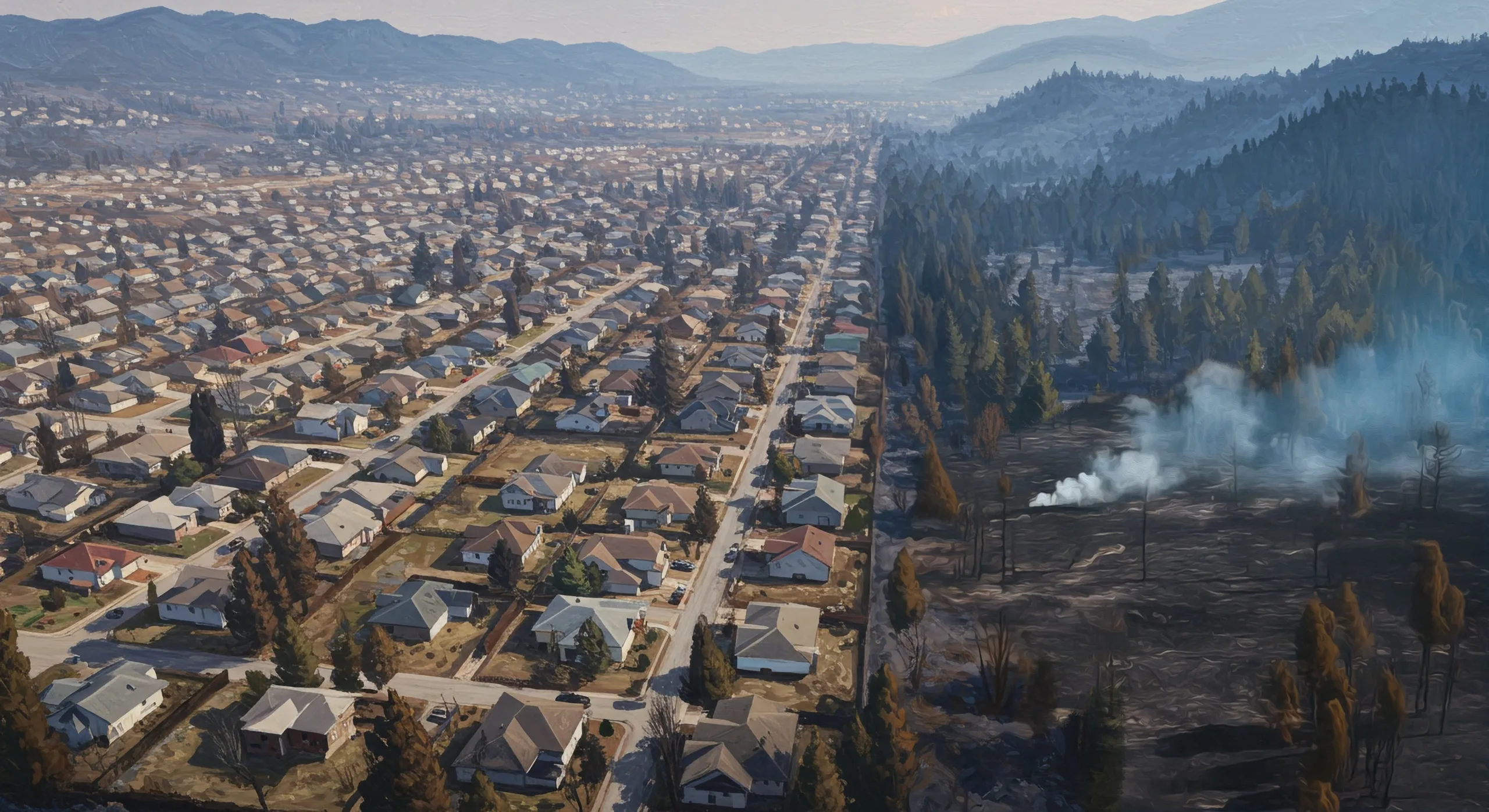
Upfront investments in rebuilding to wildfire-resistant standards can save billions in future avoided economic losses. Read more
-

Extreme heat poses health risks to millions of rural Americans. Solutions need to be tailored to meet the unique characteristics of rural places. Read more
-
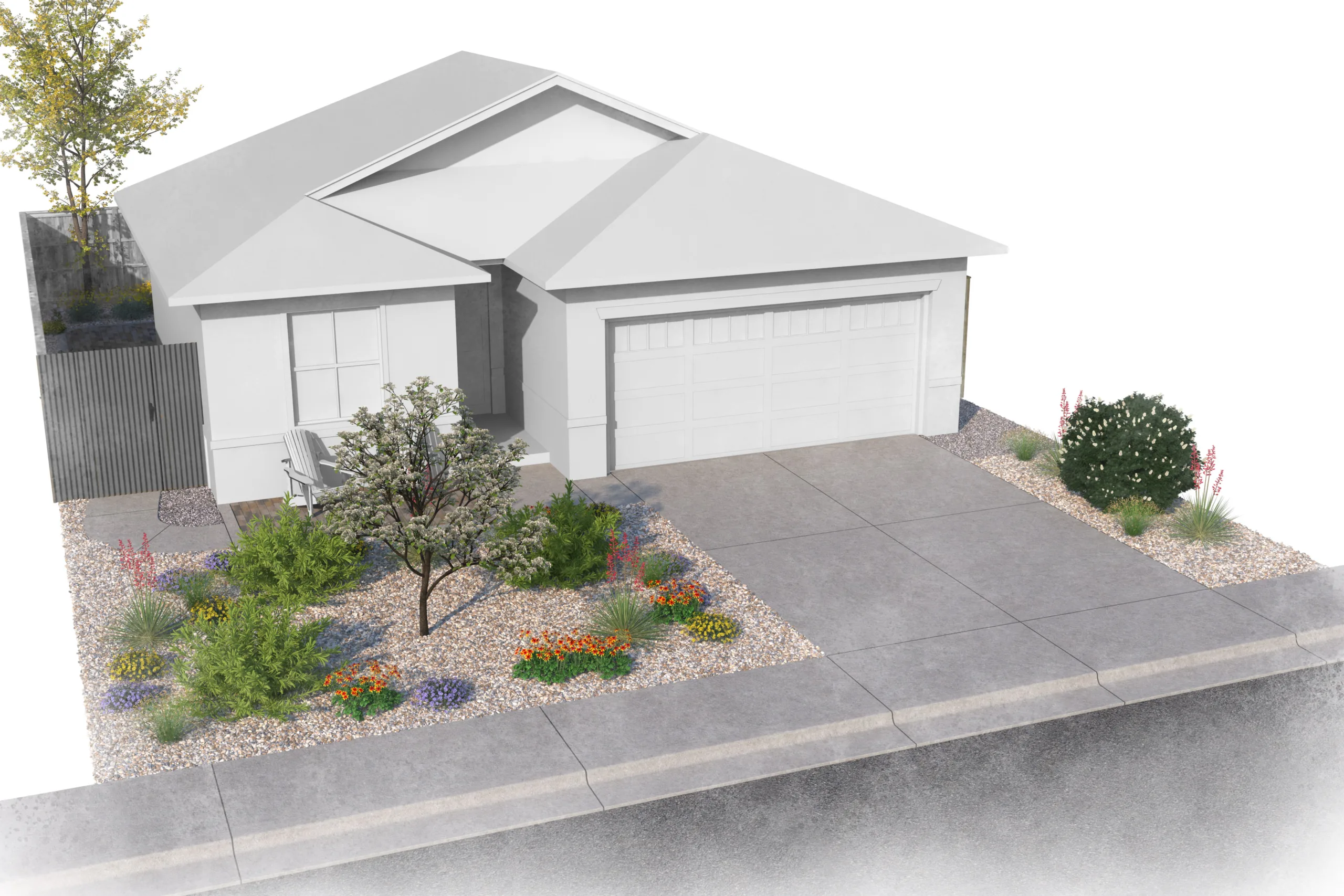
Crossover landscaping that does double-duty for drought and wildfire resistance is becoming more appealing for communities looking to reduce risk in residential areas. Read more
-

More than 1,100 communities in 32 states face similar risks to Los Angeles and other places with recent urban wildfires, highlighting the urgent need for wildfire-resistant homes and neighborhoods. Read more
-
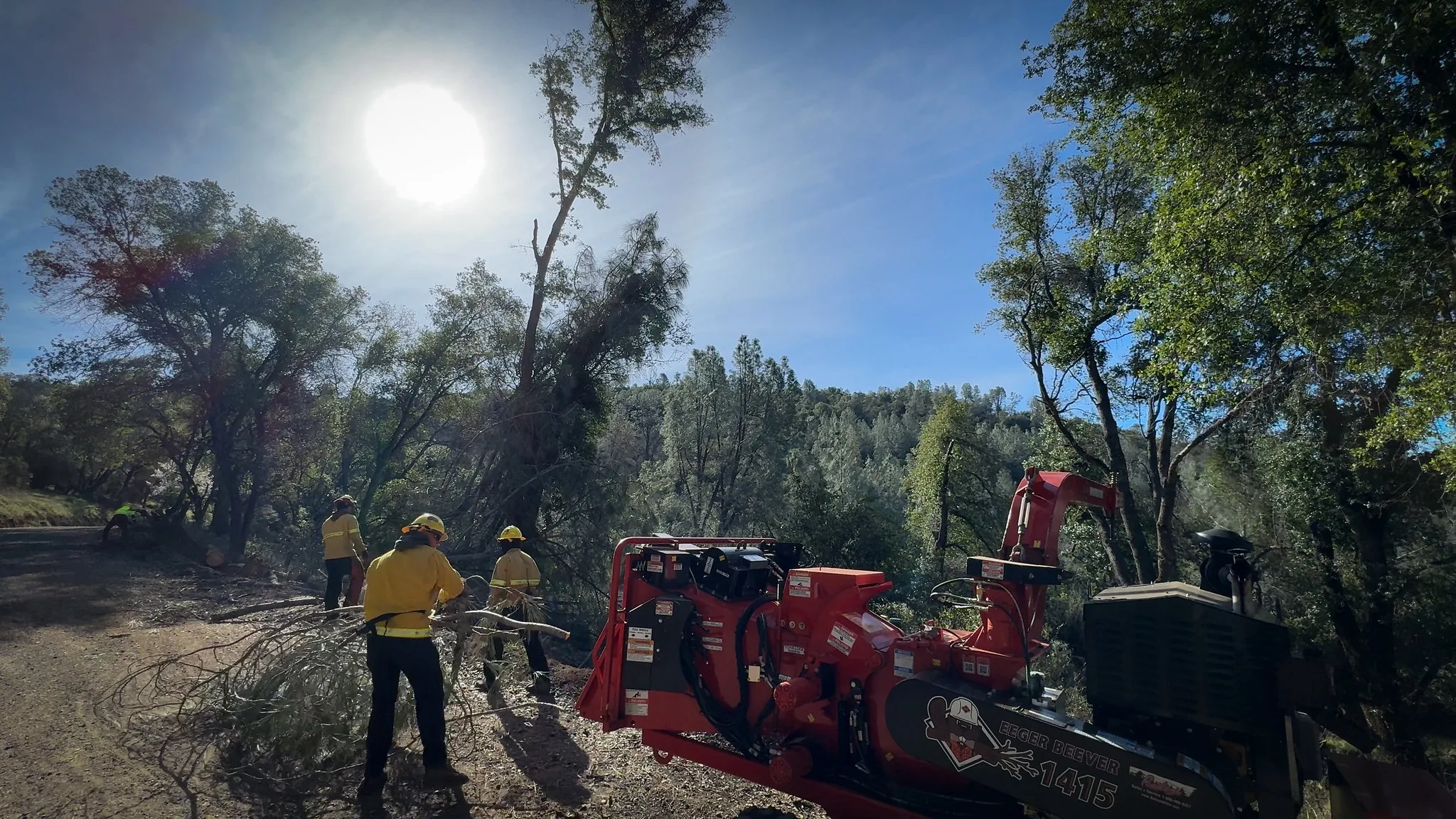
A Forest Service program is helping communities across the nation reduce wildfire risk—including those that don’t normally have the resources to successfully compete for federal grants. Read more
-
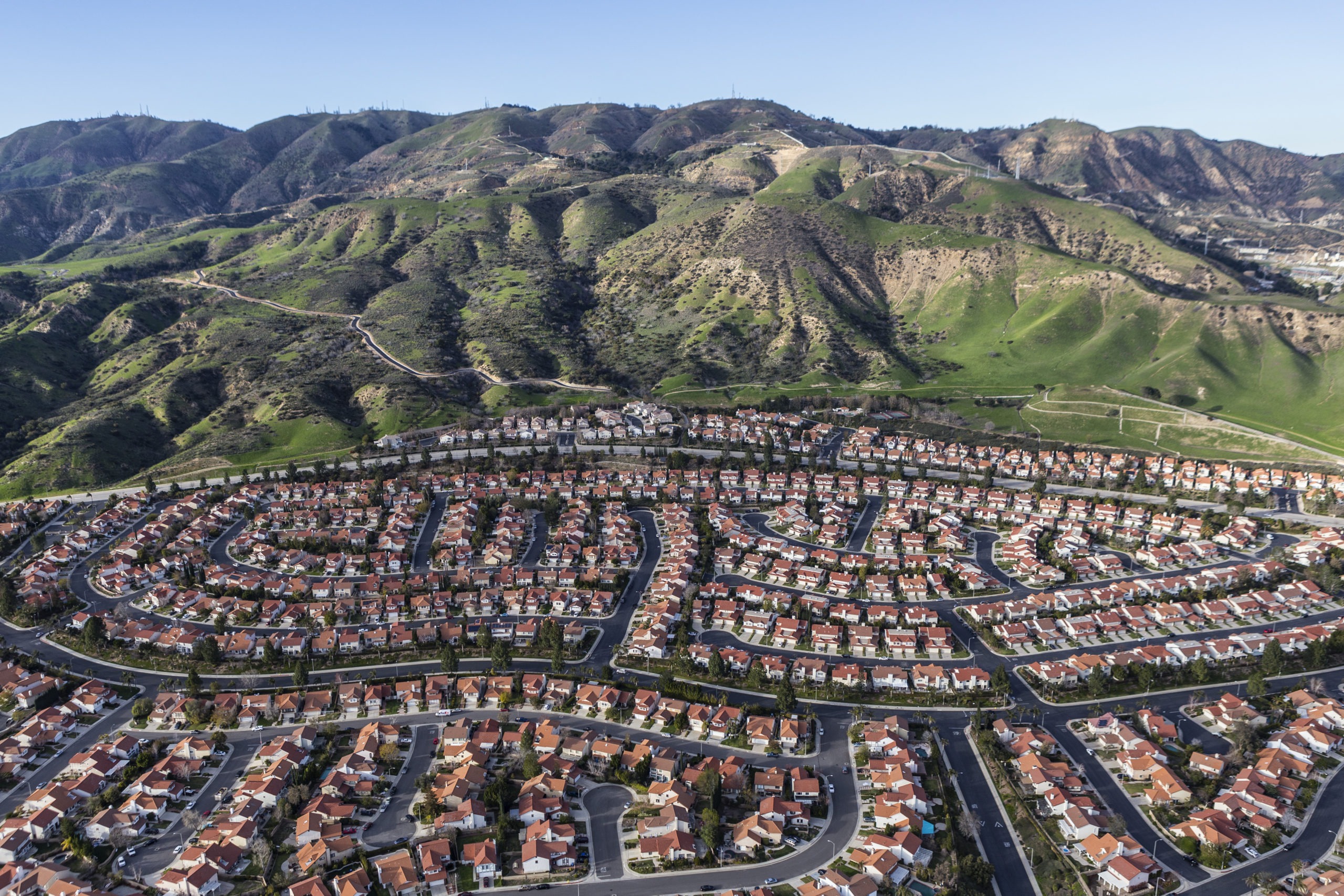
As home insurance in areas with high wildfire risk becomes more expensive and harder to obtain, significant pressure is put on state and local budgets. Read more
-
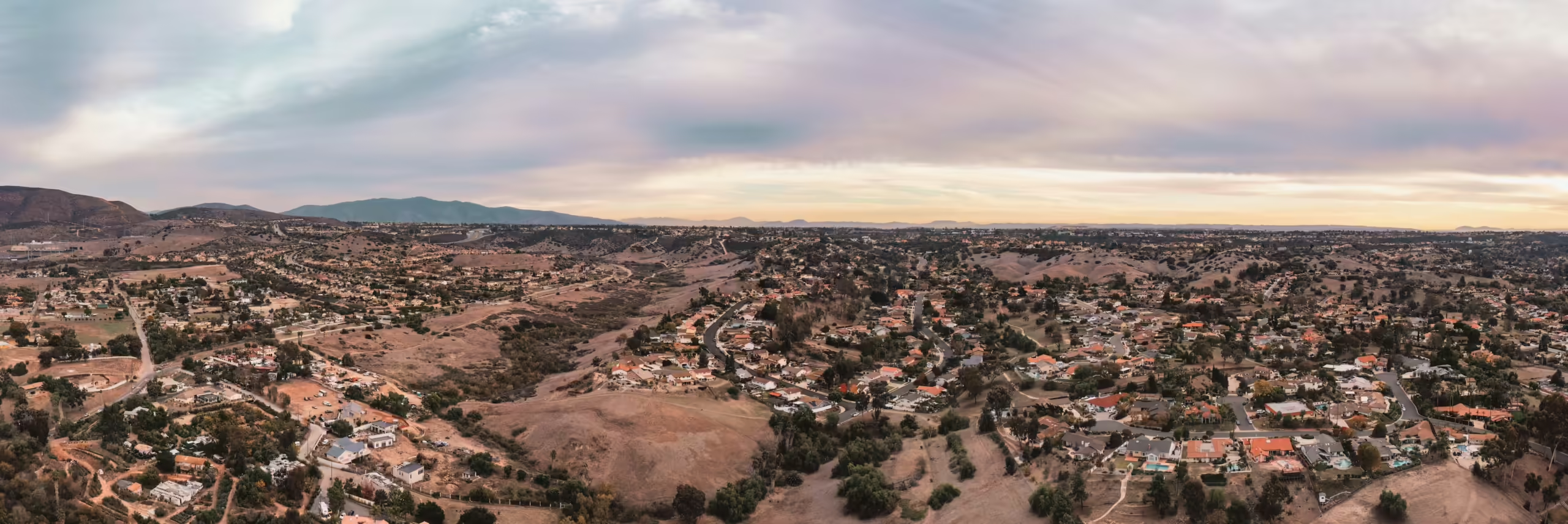
Retrofitting a home for wildfire resistance can cost as little as $2,000, making this approach an effective risk reduction strategy for communities. Read more
-
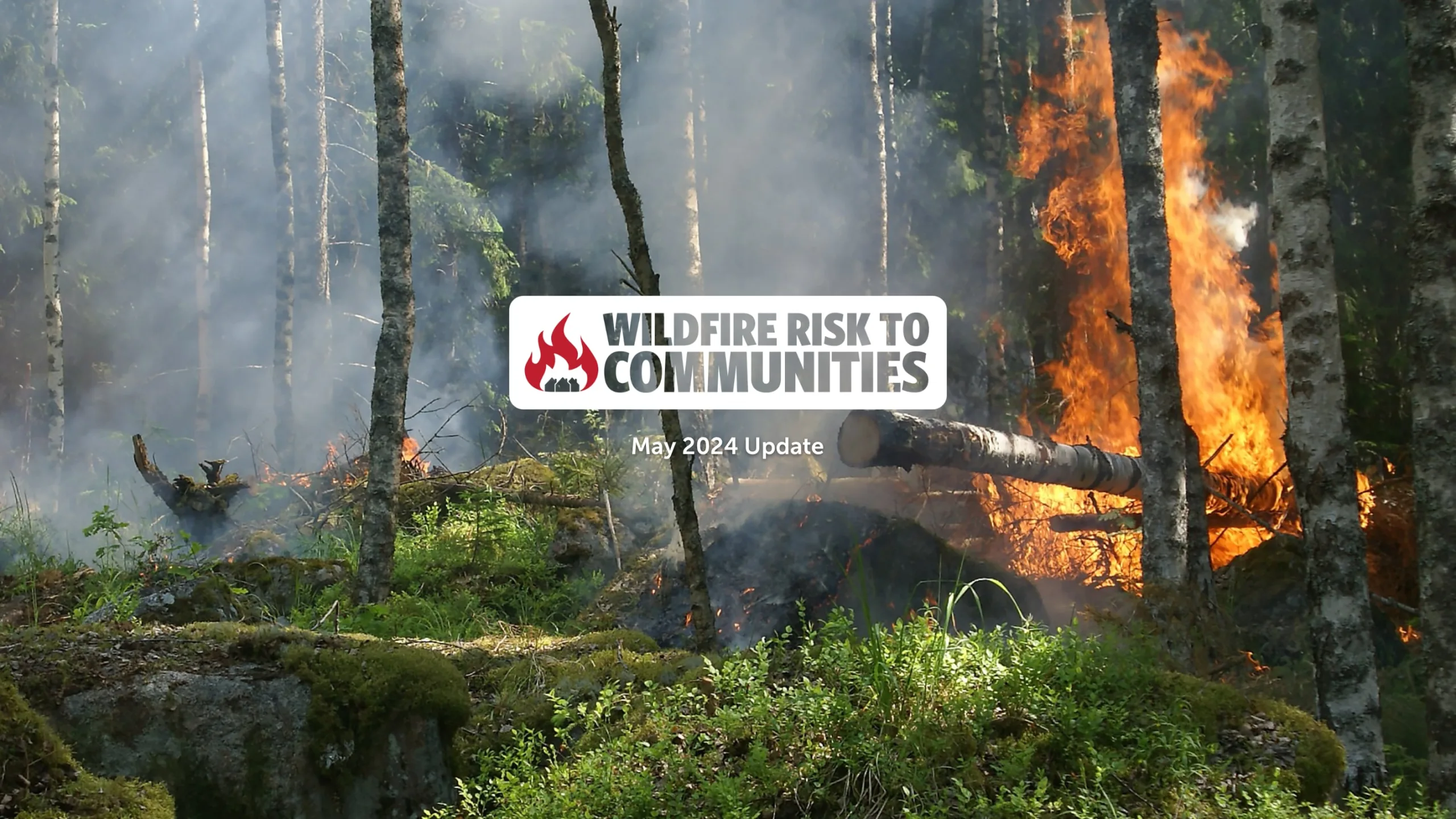
New climate data and methodology enhances Wildfire Risk to Communities, a free online tool for understanding wildfire risks across the United States. Read more
-

Leading wildfire experts make the case that creating wildfire-resistant communities must become a much higher priority. Read more
-
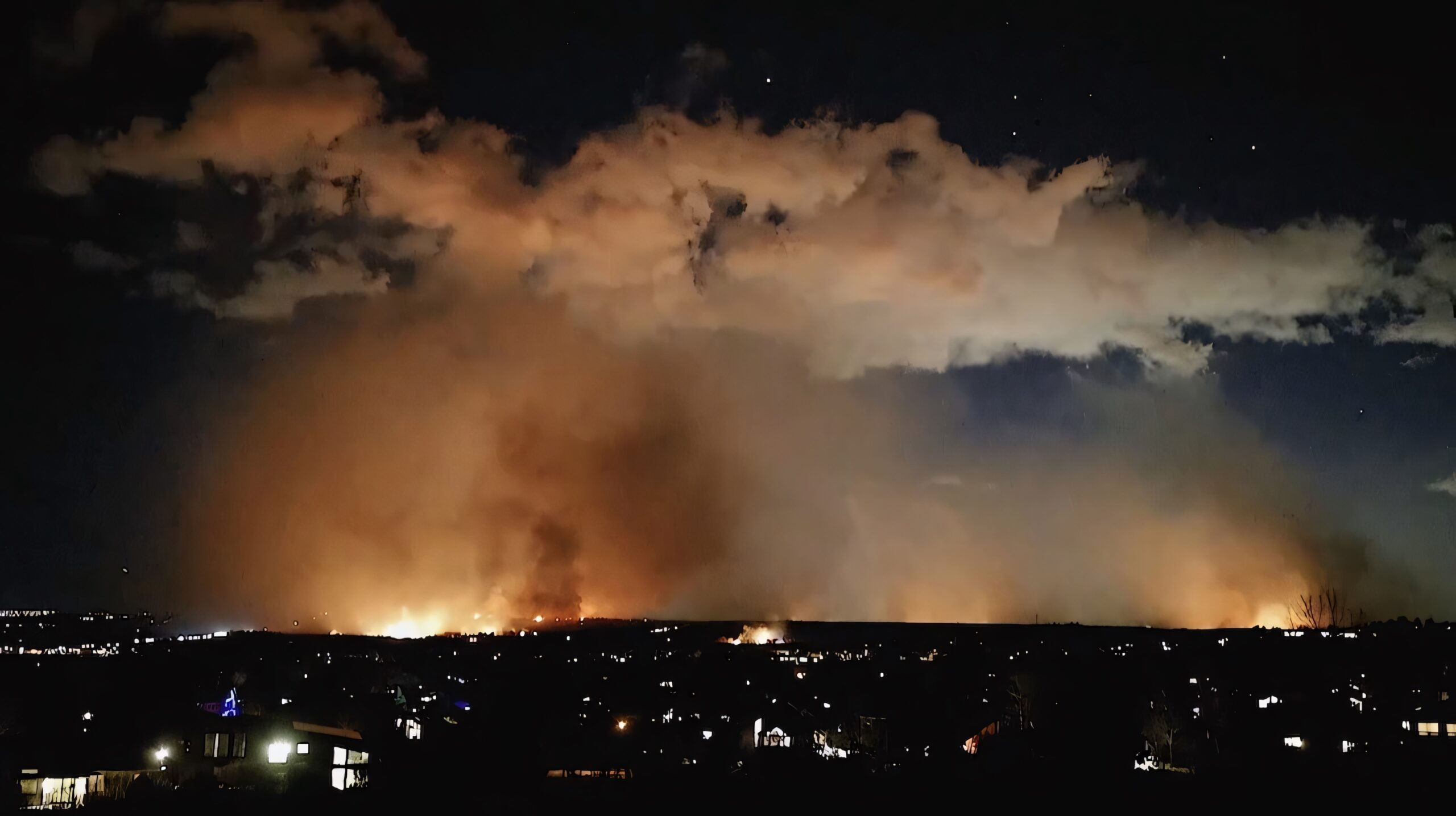
A new report from the Wildland Fire Mitigation and Management Commission recommends transformative approaches needed to overcome the wildfire crisis. Read more
-
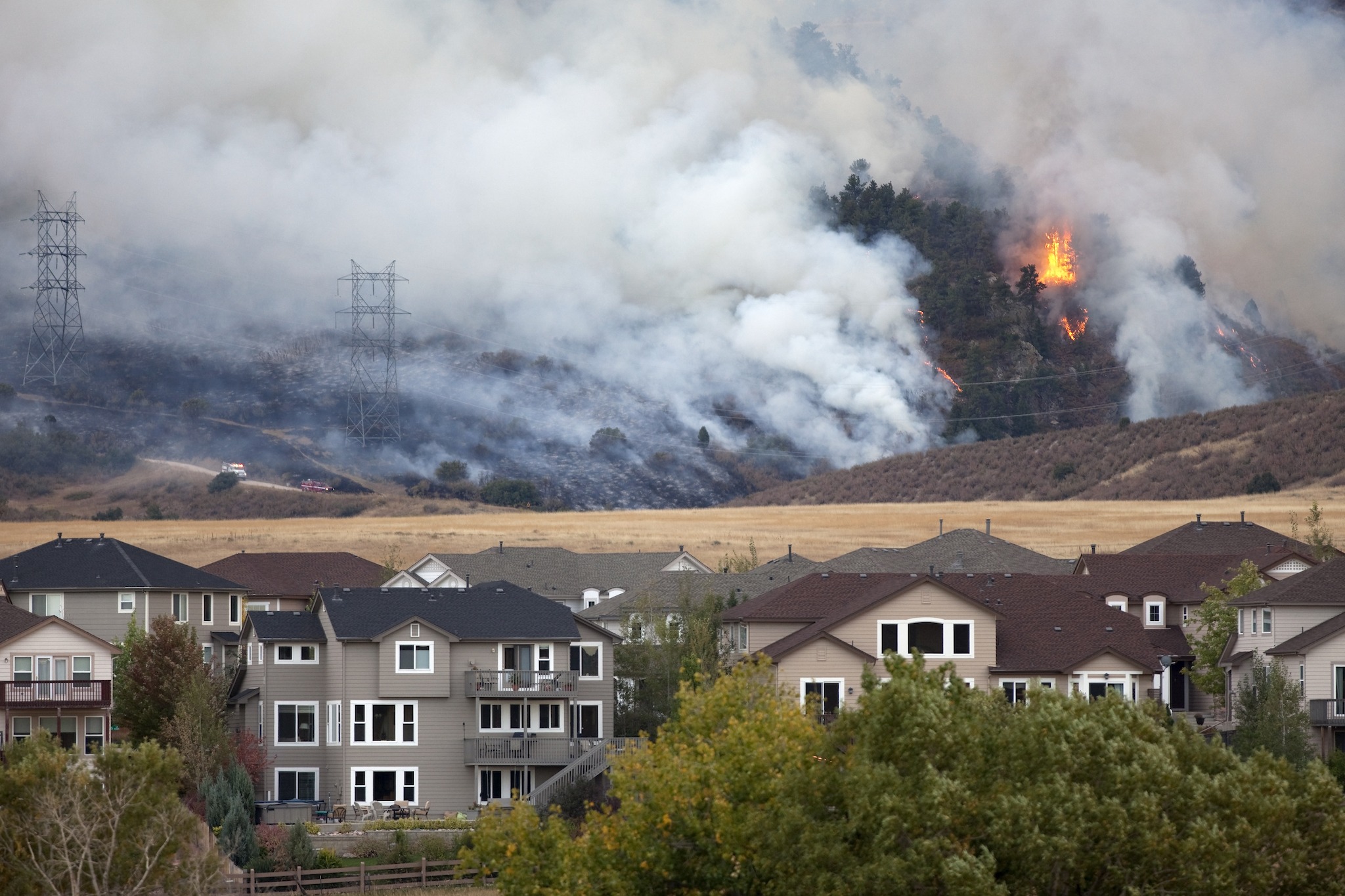
A new analysis shows that managing the built environment is the most effective strategy at reducing wildfire risk to communities, yet it receives the least funding and policy support. Read more
-
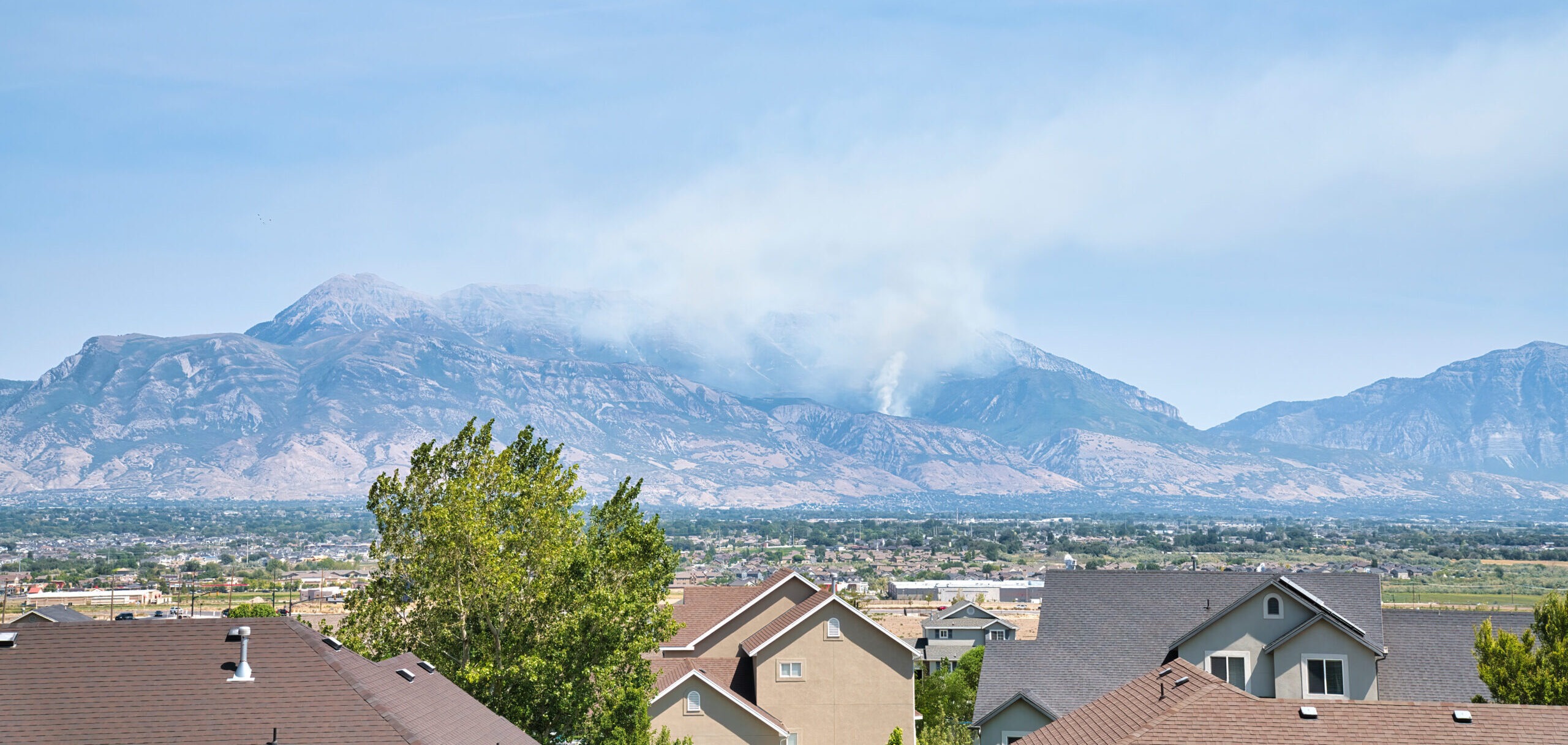
An independent analysis by Headwaters Economics shows that the first round of funding from the Community Wildfire Defense Grant program prioritized high-risk, low-income communities. Read more
-
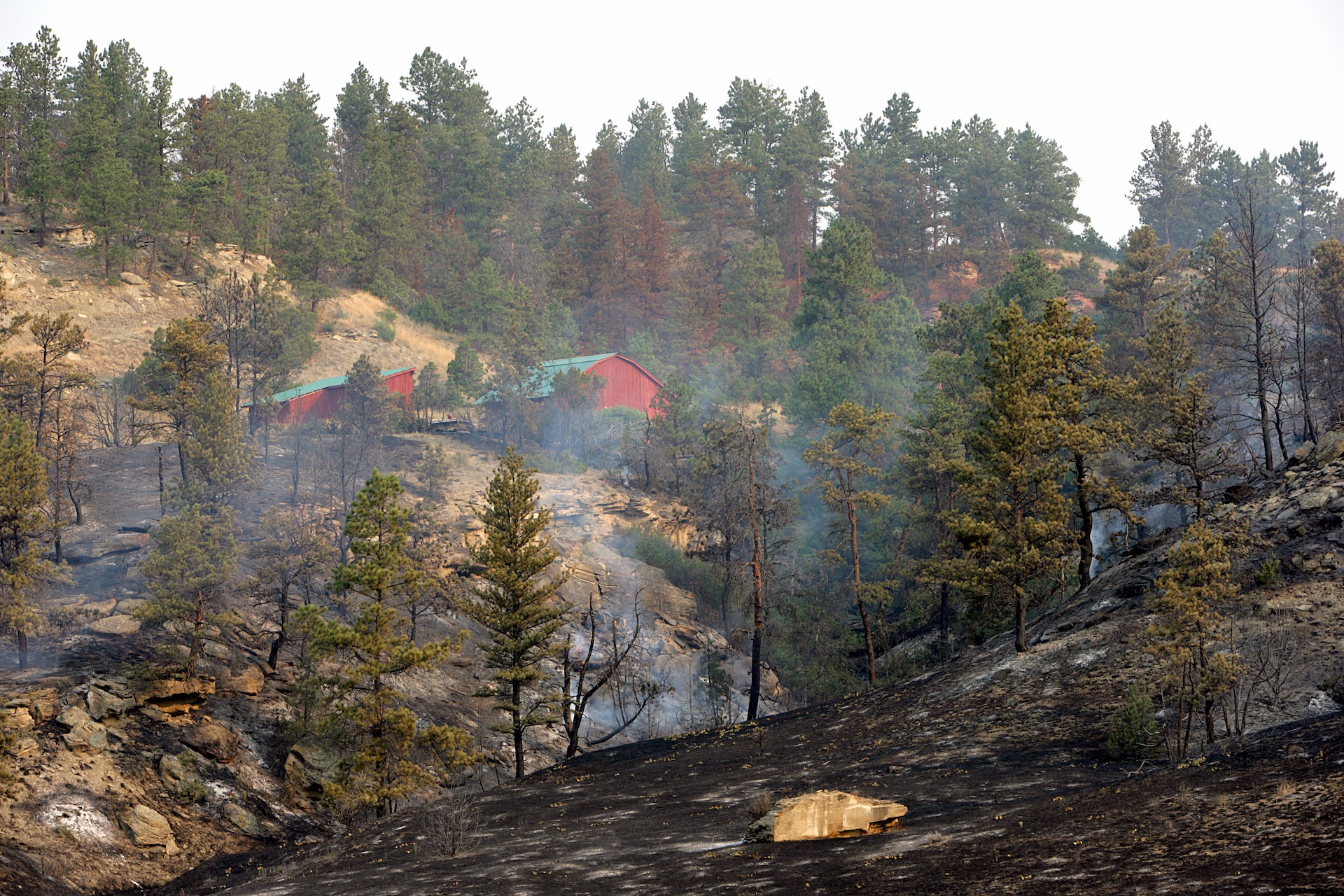
Statewide wildfire safety standards are proven and cost effective. Montana can adopt standards to help make communities safer from increasing wildfire risks. Read more
-
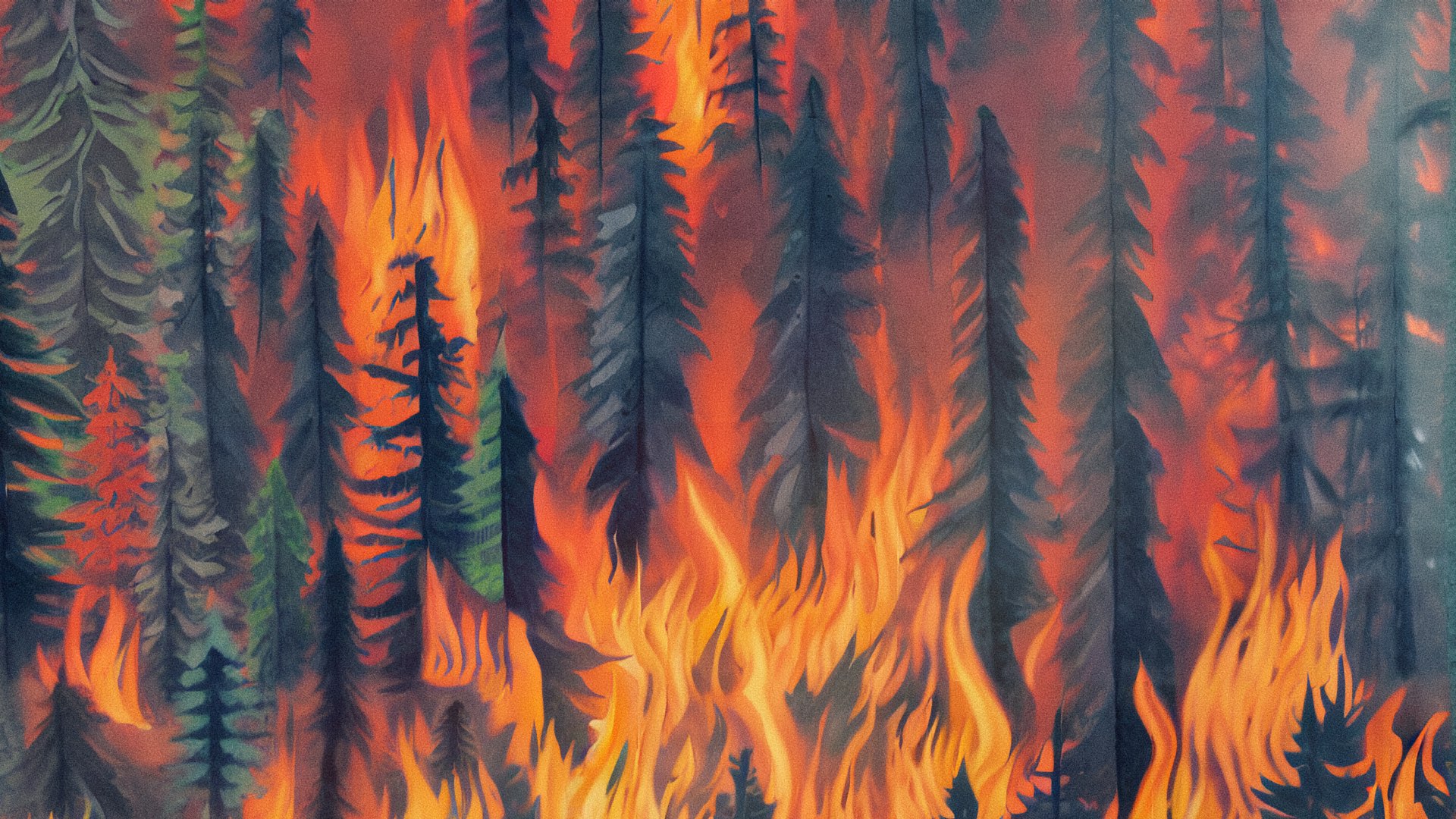
The United States is spending billions of dollars on suppressing wildfires that threaten a growing number of homes, but very little on better preparing communities before a wildfire occurs. Read more
